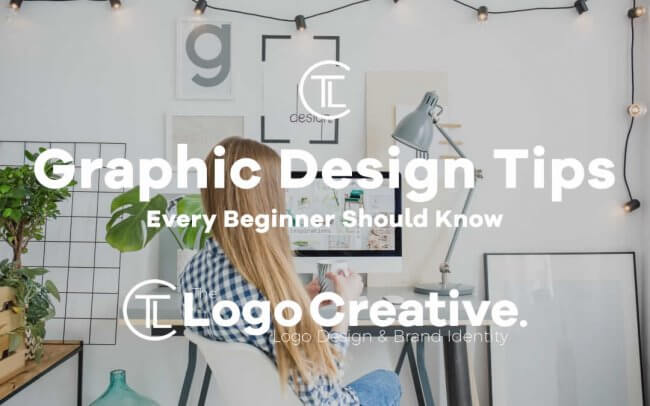Graphic design has always been a popular choice for those deciding on a profession, especially if you are creatively inclined, as you get to flex that muscle while you work! For this reason, the competition is thick, and becoming a proficient graphic designer and securing a role or freelance work can seem like a big hill to climb. Especially when you take into account the number of techniques and software available to designers these days. In this article we discuss Graphic Design Tips Every Beginner Should Know
From Adobe Illustrator to Photoshop, plus a slew of lesser know tools, you may get a bit overwhelmed on where to start! The strides in technology, however, are a good thing, as it has never been easier to learn some graphic design skills and put your natural creativity to good use. Whether you are looking at graphic design as your profession, or just want some basic skills to help in other areas of your business.
So to help, let’s look at some essential graphic design tips that you should have under your belt as a beginner.
Table of Contents
Learn how to use color
Color is one of the first things that every designer should learn how to use. There is a fine line between grabbing attention, evoking emotion, and going overboard. When dealing with client’s you will also need to consider their brand identity, which may place certain limitations on the colors you can use, so you’ll want to know how to work with them.
High contrasting color palettes grab the eye, and a good rule to follow is that they are located across from each other on the color wheel, red and green for example (be wary of xmas comparisons though).
You can match things like font color to a background image in a cohesive way to really make an impact. A great tool to help with this is Adobe Color CC which has preset schemes that offer various options and hex codes that will give you a great head-start.
Make things easy to understand
Another tricky element of the design is the font. Yes, there are thousands of fonts to choose from, but it is important not to get carried away and remember the base purpose; people need to be able to read it.
The rules differ slightly with logos which can be a little more symbolistic, but if we are talking about copy, readability is vital. You don’t have to stick to one font in design, but be wary if you are going over two (say, one for a header and a different one for the copy). There are font families, and if you stay within the same one, you will be pretty safe.
There are many free fonts available from online resources but try to keep it simple and remember you are communicating information and also check the license before using fonts you find online.
Learn how to use elements like white space and flat design
White space can be a powerful graphic design skill to master, especially when you are just starting out. It helps create a minimalist and simplistic effect and gives focus to a single element.
Flat design is another style that is growing in popularity, is easy to learn and will help make your work standout if you use it correctly. It looks classy and artistic and assists with alignment and spacing.
Be consistent
Great designers understand a variety of styles, just like great musicians understand a variety of genres. All of the various elements of your design need to have a purpose and remain consistent within your overall work. This creates cohesion.
The way in which you are creating your design is also a factor in this. You will likely be working via a computer or tablet, but you may also be sketching the old fashion way! If so, you will probably end up scanning the sketch into Illustrator or Photoshop which you can then use as a blueprint for your digital design.
Text, icons, and typography
The alignment and structure of your design can make or break, and most online design programs have built-in tools to ensure you don’t get this wrong.
Consider the following tips:
- Text and spaces should equate to no more than 30-40 characters and be consistent with line characters to look neat and communicate effectively
- Icons are the best way to communicate in a simple to understand medium that can become recognizable for a brand
- Typography looks excellent when placed over an image, however, to ensure it is easy to read, use a dark color layer above the image and use the multiply setting in the blending mode
Happy designing!
Graphic design is a complex world, and the more you work and try new things, the bigger your skill arsenal will become. The trick is to learn and practice various techniques continually and don’t be scared to work outside of your known box.
The tips above will give you some basics to build on but always keep abreast of new trends and tools and various technologies. Eventually, you will develop and master a unique style that (hopefully) brings in many clients who love what you do!
Author Bio
James Silverwood is the marketing manager for a Branding agency in Bahrain – Perpetual Strategic Services. He possesses a unique blend of expertise gained from leading branding initiatives from both the client and agency perspectives.

